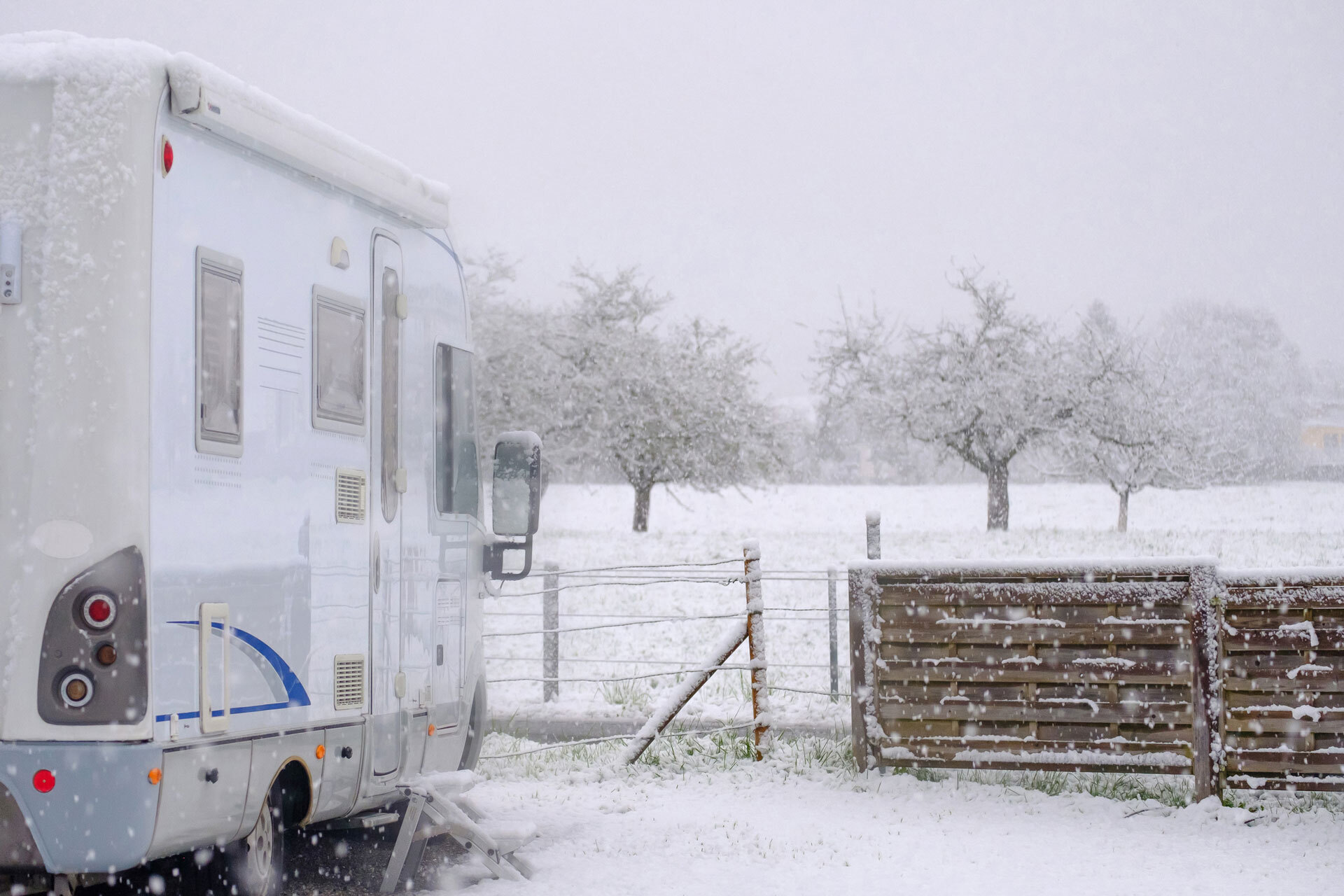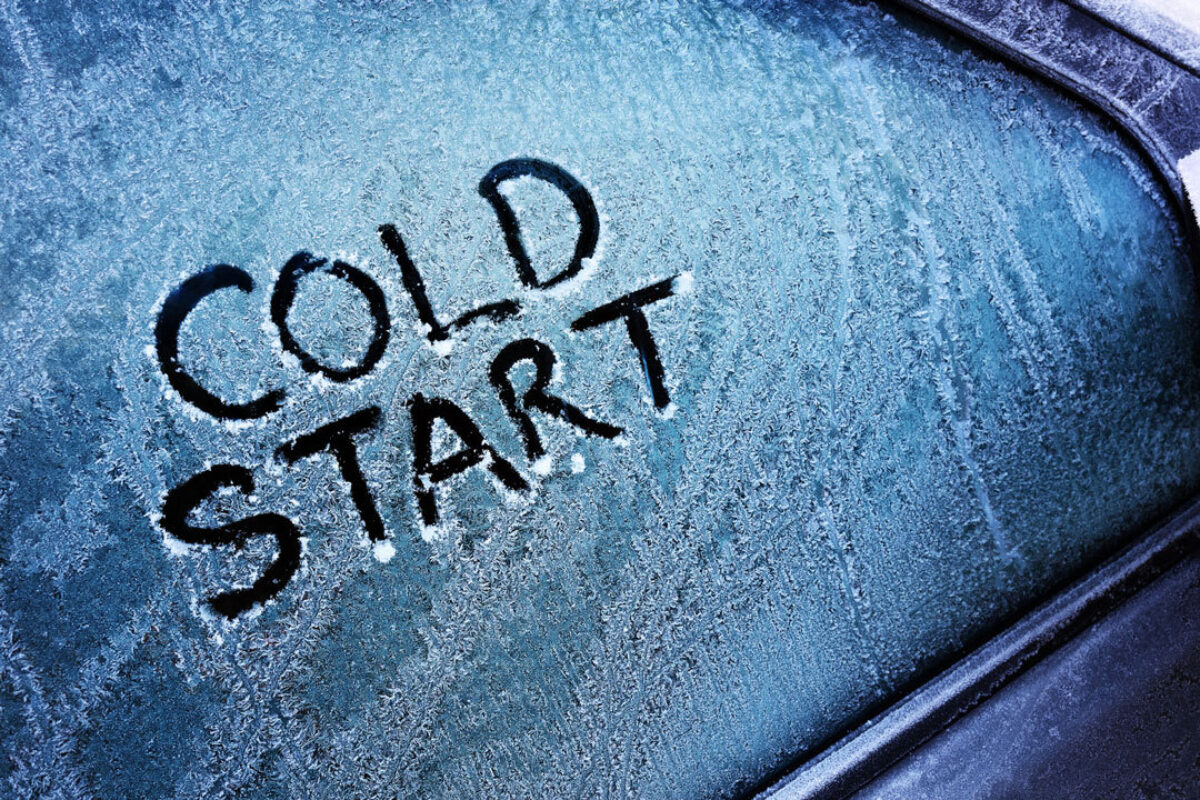If you come across the term cold cranking amps on a battery, you may be confused as to what the term stands for. Cold-cranking amps, or CCA, refer to an important metric related to the power that is needed to start an engine in cold temperatures. Understanding what CCAs are, as well as how they are different compared to marine cranking amps (MCA), for example, can help ensure you are buying the optimal battery for your needs, which will help you reduce costs in the long run. Below we cover what exactly CCA are, how they differ from other types of cranking amps, how much CCA you will need, and why cold cranking amps matter.
What Are Cold Cranking Amps?
Cold-cranking amps refer to a rating system that defines a battery’s ability to start or crank an engine in cold temperatures. Starting your engine is one of the largest concerns when it comes to vehicles, whether they are land or water-based, and not all batteries function optimally in more harsh weather. For some, mainly those who are in consistently colder climates, a greater amount of power is needed to start a car or boat battery compared to those living in locations with warmer temperatures.
A CCA rating will, more than anything, inform you as to how many amps are needed to make sure cold weather does not inhibit your ability to start your engine. To enable buyers the ability to make the optimal battery selection, the CCA rating lets you know the number of amps that are produced by a charged battery during a 30-second period while maintaining at least 7.2 volts at a temperature of 0°F (-18°C).
For batteries that need to be started frequently in cold conditions, this is vital information to have because cold weather can have a strong impact on a battery’s ability to start. Cold weather simply causes batteries to operate less efficiently and for their reaction times to slow down. If you live in a colder location, the CCA rating can help guide you toward the best choice.
If you’re wondering how many CCAs you will need, a good rule of thumb is that an engine will need about one amp per cubic inch of engine displacement. For the majority of vehicles, this means between 250 and 600 CCA, depending on the size of your engine, though buses or larger RVs could require as much as 1,000 CCA.

MCA, CCA, and HCA - What’s the Difference?
While the CCA is used to measure amps that are produced by a battery at a temperature of 0°F, which is the freezing temperature on land, the MCA is used to measure the amps produced at 32°F, which is the freezing temperature for water. MCA is mainly related to batteries that are being used for water-based activities on boats, such as fishing and sailing. The reason for the distinction in temperature between MCA and CCA is that the majority of boats will not be out on the water when it is below 32°F. Also, it’s worth noting that MCA amps are generally higher than CCA because batteries can produce more current at 32°F versus 0°F. Alternatively, hot cranking amps (HCA) measure the opposite of what CCA measures, as HCA is the amps that are needed to start an engine at 80°F.
How Important Are Cold Cranking Amps?
Cold cranking amps are more important for those who live in places where the temperatures drop to freezing or lower, than those who are in consistently warmer climates. Anyone who lives in or frequents cold climate locations where the temperatures regularly fall below freezing will need to be very concerned with CCA, as it will impact how effectively they will be able to start their engines. Since batteries have a tendency to become weaker and work slower in cold weather, it is important to confirm that any battery you purchase has a strong CCA rating, as you may otherwise find yourself trying hard to start your engine to no avail.
Even those who do not live in colder climates should, at a minimum, make sure that any battery they purchase meets their vehicle manufacturer’s recommendations for battery cranking. Failing to ensure this can result in your battery getting burned out too soon and not being able to crank the engine when you attempt to start your car.

Do Lithium Batteries Use Cold Cranking Amps?
Generally speaking, most lithium batteries rely on ratings related to peak current (20°C/68°F for 5 to 10 seconds), as opposed to CCA. The RELiON RB100, for example, is rated at 200A for 5 to 10 seconds. The CCA rating is mainly used to understand how much current a battery can provide when rapidly starting or cranking an engine in cold temperatures, while still maintaining the requisite voltage. For ratings related to deep cycle storage or long-term use and storage, the CCA rating is not as useful or relevant.
It is important to note though that some lithium batteries are actually dual-purpose, providing both cranking and deep cycling. The RELiON HP Series lithium battery does just this, as it has the ability to act as a source of power for the trolling motor and electronics on a marine vehicle and also provides the power needed to start the motor.
Impacts of Cold Cranking Amps On Engines
Engines are designed to only pull as much power as is needed from the battery when being cranked so that the battery is not damaged in the process. However, it is advisable to err on the side of caution when purchasing a battery and get one with a little bit higher of CCA rating than you think you will need so that you can avoid any potential issues with starting your engine when the temperatures are low. It is worth noting though that installing an excessively large lead acid cranking battery poses hazards because they do not come with a built-in battery management system (BMS). Unlike the proprietary BMS that comes in batteries, such as RELiON lithium batteries, to protect them from overcharging and discharging, lead acid batteries do not have this capability. A lead acid battery bank that is too large can potentially produce an arc flash and explosion if they are ever shorted out, as it is especially important to exercise caution when using them in cold climates.
If you want to learn more about optimal batteries for cold weather applications, you can read about them here or you can get in touch with an expert at RELiON who can assist you with selecting the ideal lithium battery for cold climates.
